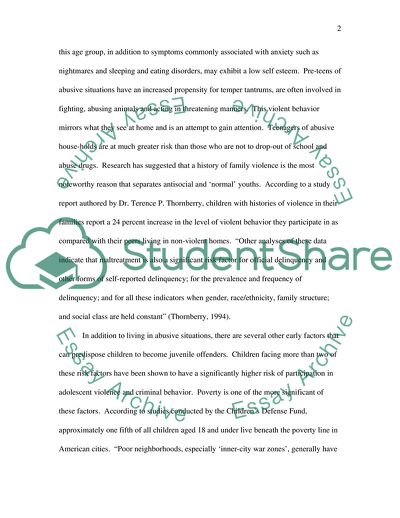Cite this document
(Teenage Violence in the USA Essay Example | Topics and Well Written Essays - 2250 words, n.d.)
Teenage Violence in the USA Essay Example | Topics and Well Written Essays - 2250 words. https://studentshare.org/law/1710323-teenage-violence-in-the-us
Teenage Violence in the USA Essay Example | Topics and Well Written Essays - 2250 words. https://studentshare.org/law/1710323-teenage-violence-in-the-us
(Teenage Violence in the USA Essay Example | Topics and Well Written Essays - 2250 Words)
Teenage Violence in the USA Essay Example | Topics and Well Written Essays - 2250 Words. https://studentshare.org/law/1710323-teenage-violence-in-the-us.
Teenage Violence in the USA Essay Example | Topics and Well Written Essays - 2250 Words. https://studentshare.org/law/1710323-teenage-violence-in-the-us.
“Teenage Violence in the USA Essay Example | Topics and Well Written Essays - 2250 Words”. https://studentshare.org/law/1710323-teenage-violence-in-the-us.


